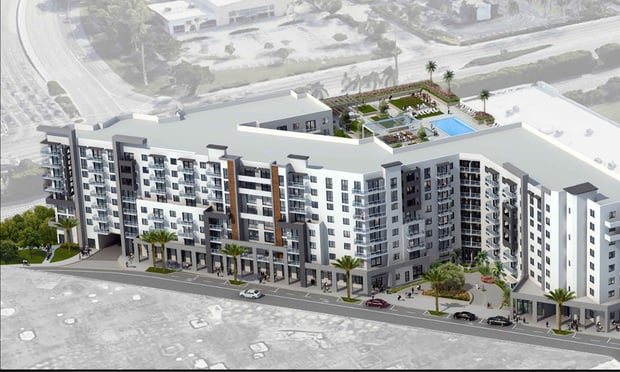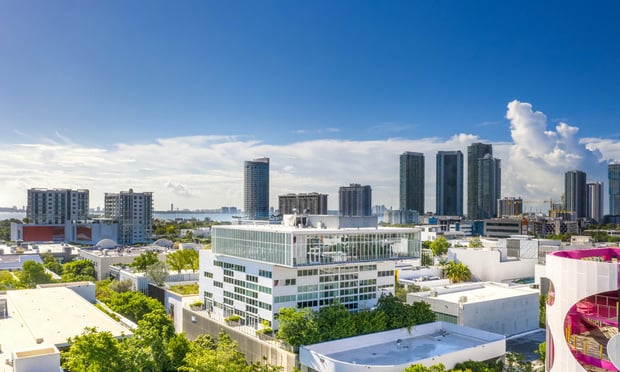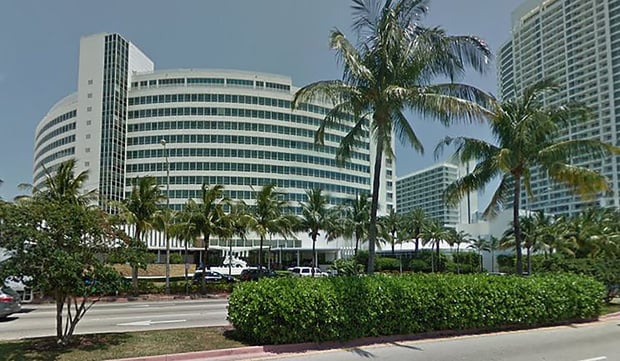New facilities are built in areas of population growth to address this need as well as to replace existing, obsolete facilities. Technology demands will also require new infrastructure within different sectors of the medical industry. Within the broader category of healthcare real estate, single tenant medical office buildings (MOBs) fall into discrete uses, including special purpose facilities such as dialysis centers, cancer treatment centers, ambulatory surgery centers, eye surgery centers and offices that house a single physician practice or a small group of complementary practices.
In order to determine the viability of single tenant MOBs as real estate investments, we must understand both sides of the landlord/tenant relationship. The first question to address is, why do some medical providers choose to lease instead of own?
Capital is a resource that remains in high demand. The recent reduction of available mortgage loans for commercial properties has caused owners to be even more cautious in determining where and how to deploy their own capital. Physicians and other medical service providers who aren't required to spend their own funds towards the ownership of the real estate they occupy can utilize that money for business operations and to purchase newer or additional medical equipment.
Frequently, investments that improve operations and patient care also provide higher financial returns than the returns achieved from the ownership of real estate. Capital spent for the ownership of business real estate will reduce money otherwise spent on rent. However, the same money spent on medical equipment can increase billable fees while improving the practice's patient care capability.
Another benefit of leasing medical offices as opposed to owning them is the elimination of mortgage debt. Leases for business facilities, when unencumbered with co-ownership provisions or below-market purchase options, are typically considered to be operating leases that are not listed as liabilities on the tenant's balance sheets.
Finally, physician groups are often corporations, partnerships and other business entities comprised of many diverse individuals with varying financial backgrounds, capabilities and investment goals. By making the strategic decision to separate the core business of operating a medical practice from the ancillary business of owning the practice's occupied real estate, the group's members eliminate a significant area of potential internal conflict.
So why are investors attracted to single tenant MOBs as real estate investments? Investors, whether private or institutional, are increasingly attracted to owning healthcare real estate, as the healthcare industry is one of the fastest growing sectors of the economy and provides numerous investment opportunities. Sean Keehan, et al, in "Health Spending Projections through 2017" projects US healthcare expenditures to account for some 20% of the country's entire GDP in only eight years.
MOBs serve the needs of different medical practices. They are found in a variety of locations to serve those needs and have different underlying real estate values. Imaging centers, cardiologists and cancer treatment centers are some of the uses that often locate close to hospitals for the convenience of both patients and physicians. Because of the high cost of land and strictly regulated design criteria, on-campus medical office buildings are among the most expensive medical buildings to develop and to lease. Facilities such as pediatrician's offices and dentist's offices are often located in or near predominantly residential areas and are subject to lower land and development costs.
Single tenant MOB investments are typically structured as the fee simple ownership of commercial real estate subject to long-term leases with minimal responsibilities imposed on landlords. Throughout the term of the leases and renewal options, landlords receive rent payments. At the conclusion of the leases, landlords may sell, re-lease or re-develop their properties for other uses and will receive the benefit of each property's residual value.
Tenants of most single tenant MOB properties are financially sound corporations, limited liability companies or partnerships and sometimes provide personal guarantees. Investors view the development or purchase of these properties as stable, low risk real estate investments.
Leases are typically for initial terms of 10 to 20 years and may include several renewal options. Initial base rents and periodic increases are negotiated at the onset of the lease and vary depending on land and construction costs, financing costs, tenant strength and local market conditions. Responsibility for maintenance, insurance and property taxes commonly rests with the tenant. Because physicians are generally very image conscious, MOB tenants commonly strive to keep their facilities extremely well maintained.
MOB investment purchases are sought by private market as well as institutional investors. High quality underlying real estate, tenant stability, long term leases, minimal landlord responsibilities and a growing market segment are the elements common to typical MOB investment sales that are frequently sought by the investment community.
Changing financial markets have created challenges for many owners of commercial real estate, whether to find new purchase money mortgages or to refinance existing mortgages when those notes become due. The sale-leaseback of owner occupied facilities is an increasingly popular strategy that allows owners to sell their property, access their entire equity and continue to occupy the property for a predetermined length of time. Whether sold as newly developed properties or as the sale-leaseback of existing owner-occupied facilities, investment activity for single tenant medical office buildings will continue to grow for the foreseeable future.
The views expressed here are those of the author and not of Incisive Media or its publications.
David Sobelman is executive vice president at the Tampa office of Calkain Companies Inc. He can be reached at [email protected].
Want to continue reading?
Become a Free ALM Digital Reader.
Once you are an ALM Digital Member, you’ll receive:
- Breaking commercial real estate news and analysis, on-site and via our newsletters and custom alerts
- Educational webcasts, white papers, and ebooks from industry thought leaders
- Critical coverage of the property casualty insurance and financial advisory markets on our other ALM sites, PropertyCasualty360 and ThinkAdvisor
Already have an account? Sign In Now
*May exclude premium content© 2024 ALM Global, LLC, All Rights Reserved. Request academic re-use from www.copyright.com. All other uses, submit a request to [email protected]. For more information visit Asset & Logo Licensing.








